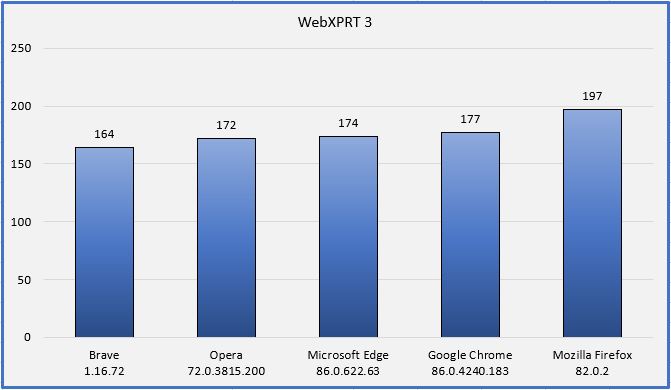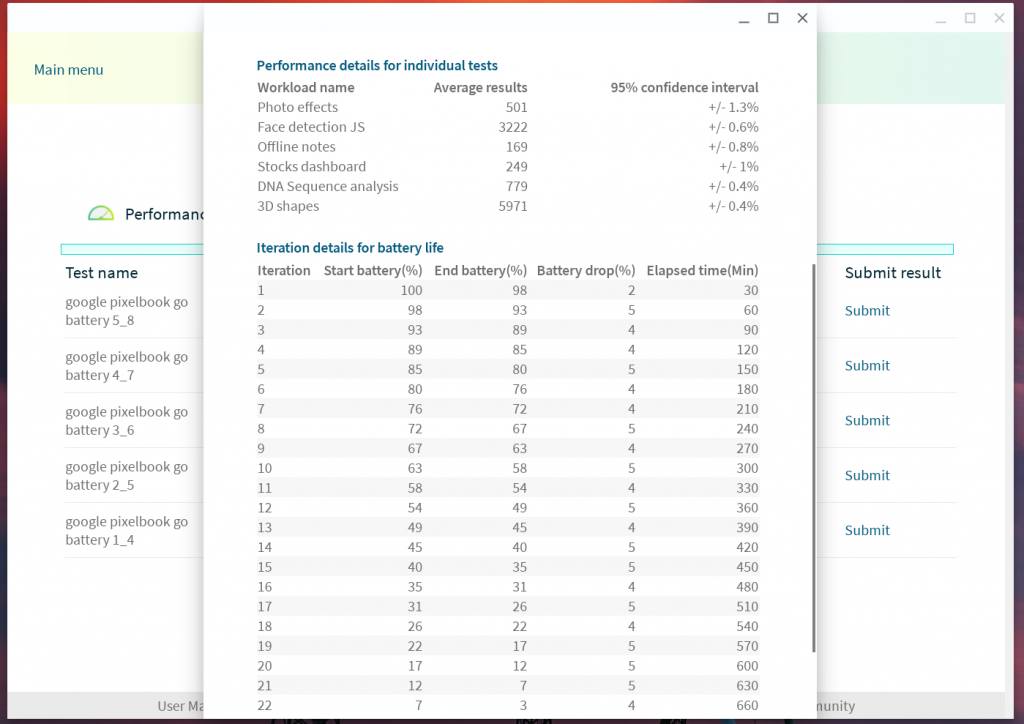CrXPRT testers may remember that back around the time that we began the CrXPRT 2 development process, the Chrome team announced that they were phasing out support for Portable Native Client (PNaCL) in favor of WebAssembly (WASM). As a first step, they changed the Chrome OS setting that enabled PNaCL by default. At the time, this caused problems with the Photo Collage workload in CrXPRT 2015, and even though we identified a workaround, details in the Chrome team’s announcement led us to conclude that the workaround might stop working in June 2021. Because of this change, we decided that the best decision would be to remove the workload from CrXPRT 2, and keep existing CrXPRT 2015 testers informed of any changes with the workaround.
In 2020, the Chrome team also announced that they would be phasing out support for Chrome Apps altogether starting in June 2021, and would shift their focus to Chrome extensions. This change would have required us to reassess the viability of CrXPRT in anything like its current form.
We’re happy to report that the Chrome team has extended support for PNaCL and existing Chrome Apps through June 2022. Barring further changes, this means that CrXPRT 2015 (with the workaround) and CrXPRT 2 should continue to serve as reliable Chrome OS evaluation tools for some time.
If you have any questions about CrXPRT 2, please let us know!
Justin














